The Ride On Mower Market is currently characterized by a dynamic competitive landscape, driven by innovation, sustainability, and technological advancements. Major players such as John Deere (US), Husqvarna (SE), and Toro (US) are at the forefront, each adopting distinct strategies to enhance their market positioning. John Deere (US) emphasizes precision agriculture and smart technology integration, aiming to provide advanced solutions that cater to both residential and commercial users. Meanwhile, Husqvarna (SE) focuses on sustainability, promoting electric and robotic mowers to align with growing environmental concerns. Toro (US) is leveraging its strong distribution network and customer service to maintain a competitive edge, particularly in the North American market. Collectively, these strategies contribute to a competitive environment that is increasingly focused on technological differentiation and customer-centric solutions.
In terms of business tactics, companies are increasingly localizing manufacturing and optimizing supply chains to enhance efficiency and reduce costs. The Ride On Mower Market appears moderately fragmented, with several key players holding substantial market shares while also facing competition from smaller, niche manufacturers. This structure allows for a diverse range of products and innovations, as established companies strive to maintain their market positions against emerging competitors.
In August 2025, John Deere (US) announced a partnership with a leading tech firm to develop AI-driven lawn care solutions. This strategic move is likely to enhance their product offerings, allowing for more efficient and precise mowing experiences. By integrating AI technology, John Deere (US) aims to attract tech-savvy consumers and position itself as a leader in smart lawn care solutions, potentially reshaping customer expectations in the market.
In September 2025, Husqvarna (SE) launched a new line of electric ride-on mowers designed for residential use, emphasizing eco-friendliness and low noise levels. This initiative not only aligns with global sustainability trends but also caters to a growing consumer base that prioritizes environmentally responsible products. The introduction of these mowers could significantly impact market dynamics, as consumers increasingly seek alternatives to traditional gas-powered models.
In October 2025, Toro (US) unveiled a new subscription service for its ride-on mowers, allowing customers to access maintenance and upgrades seamlessly. This innovative approach reflects a shift towards service-oriented business models, enhancing customer loyalty and providing a steady revenue stream. By offering such services, Toro (US) may strengthen its competitive position and adapt to changing consumer preferences for convenience and reliability.
As of October 2025, the Ride On Mower Market is witnessing trends that emphasize digitalization, sustainability, and the integration of advanced technologies. Strategic alliances are becoming increasingly pivotal, as companies collaborate to enhance their technological capabilities and market reach. The competitive landscape is evolving, with a noticeable shift from price-based competition to a focus on innovation, technology, and supply chain reliability. This transition suggests that future differentiation will hinge on the ability to deliver cutting-edge solutions that meet the diverse needs of consumers.


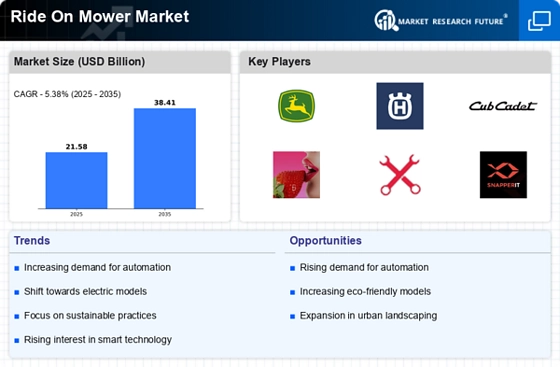

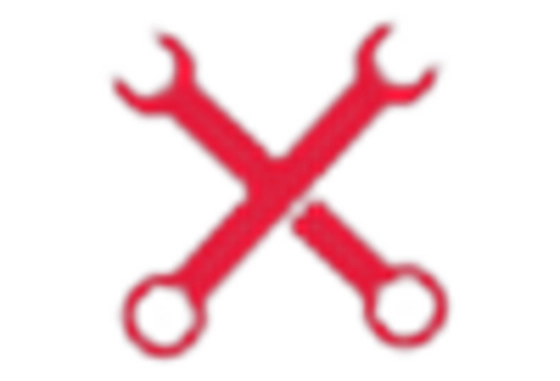
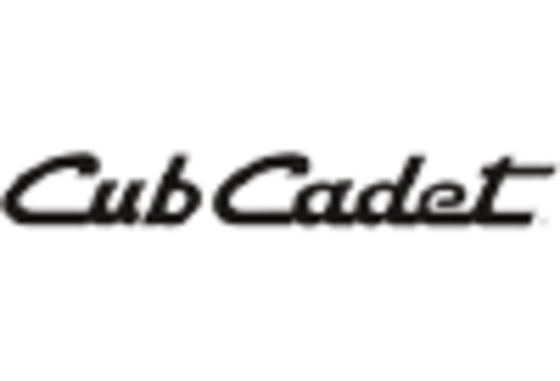

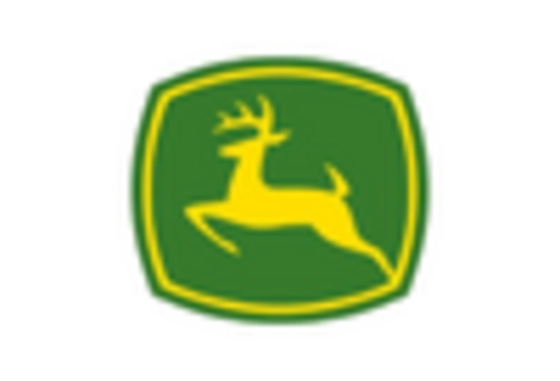
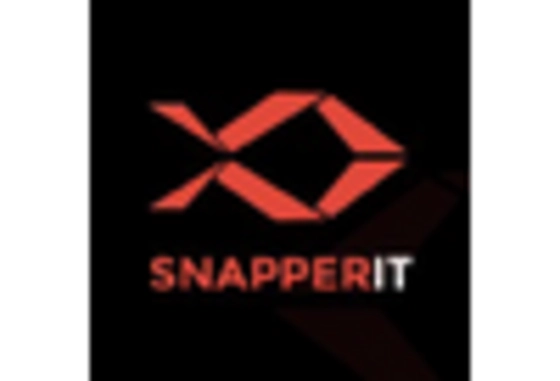









Leave a Comment